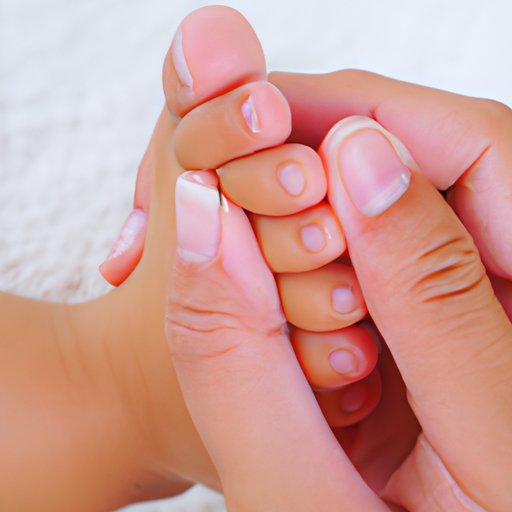Introduction
Club foot, also known as congenital talipes equinovarus, is a birth defect that affects the foot and ankle, causing the foot to turn inward or downward. This condition affects approximately 1 in every 1,000 newborns and is more common in boys than in girls. Understanding club foot is important for parents and those affected by it to manage the condition and minimize its effects on the child’s mobility and quality of life.
Understanding Club Foot: A Comprehensive Guide for Parents
Club foot is a condition where the foot and ankle are abnormally positioned, causing the foot to rotate inward or point downward. There are two types of club foot: isolated club foot, which affects only the foot and ankle, and complex club foot, which occurs with other structural abnormalities in the leg and foot.
Diagnosing club foot is usually done during prenatal ultrasounds or at birth through clinical examination. Prenatal diagnosis allows for counseling and early intervention to minimize the severity of the condition and its long-term effects.
Breaking Down Club Foot: Causes, Symptoms, and Treatment Options
The exact cause of club foot is unknown, but it is believed to be a combination of genetic and environmental factors. A family history of club foot or neuromuscular disorders increases the likelihood of having a child with club foot.
Common symptoms of club foot include the inward or downward turning of the foot, a shorter foot, and a decrease in the range of motion. Club foot can impact mobility and cause discomfort or pain.
Treatment options for club foot depend on the severity of the condition and can include casting, surgery, and braces. Casting is a non-invasive option where the foot is gradually manipulated into the correct position and held in place with a cast. Surgery is reserved for severe cases or when other treatment options are unsuccessful. Bracing is used to maintain the foot in the corrected position and prevent relapse.
Club Foot 101: Everything You Need to Know About This Common Birth Defect
There are some common misconceptions about club foot, such as that it is caused by the way a baby is positioned in the womb or that it can be treated with massage or exercise. These misconceptions can lead to delayed diagnosis and treatment.
Club foot can lead to long-term effects such as a smaller foot, stiffness, and arthritis. However, with early diagnosis and proper treatment, many children with club foot go on to lead active and normal lives. Support and resources are available for families of children with club foot, including support groups and organizations that provide information and resources on managing the condition.
Rehabilitating Club Foot: A Rehabilitation Plan for Victims
Rehabilitation is an essential part of the treatment plan for club foot. Rehabilitation exercises and therapies begin after the child has completed the casting or surgery phase of treatment and can include stretching, range of motion exercises, and physical therapy.
Working with healthcare professionals, including orthopedic surgeons, physical therapists, and occupational therapists, is important for the best outcomes for children with club foot.
The Emotional Journey of Dealing With Club Foot: A Personal Account
Living with club foot can be challenging, both physically and emotionally. Children with club foot may face social and emotional challenges due to their differences in mobility or appearance.
However, with early diagnosis and treatment, many children with club foot go on to lead active and healthy lives. Coping strategies and emotional support, including counseling and peer support groups, can help children and families manage the condition and its effects on their lives.
Club Foot in Babies: What Expecting Parents Need to Know
Expecting parents should be aware of the signs and symptoms of club foot and discuss their concerns with their healthcare provider. Early detection and intervention can make a significant difference in the severity of the condition and its effects on the child’s mobility and quality of life.
Support and resources, including informational websites and support groups, are available for families of children with club foot. Open communication with healthcare professionals and support systems is essential for managing the condition and its effects.
Conclusion
Club foot is a common birth defect that affects the foot and ankle, causing the foot to turn inward or downward. Understanding club foot and its causes, symptoms, and treatment options is essential for parents and those affected by the condition. With early diagnosis and proper treatment, children with club foot can lead active and healthy lives. Coping strategies and emotional support can help children and families manage the condition and its effects on their lives.
